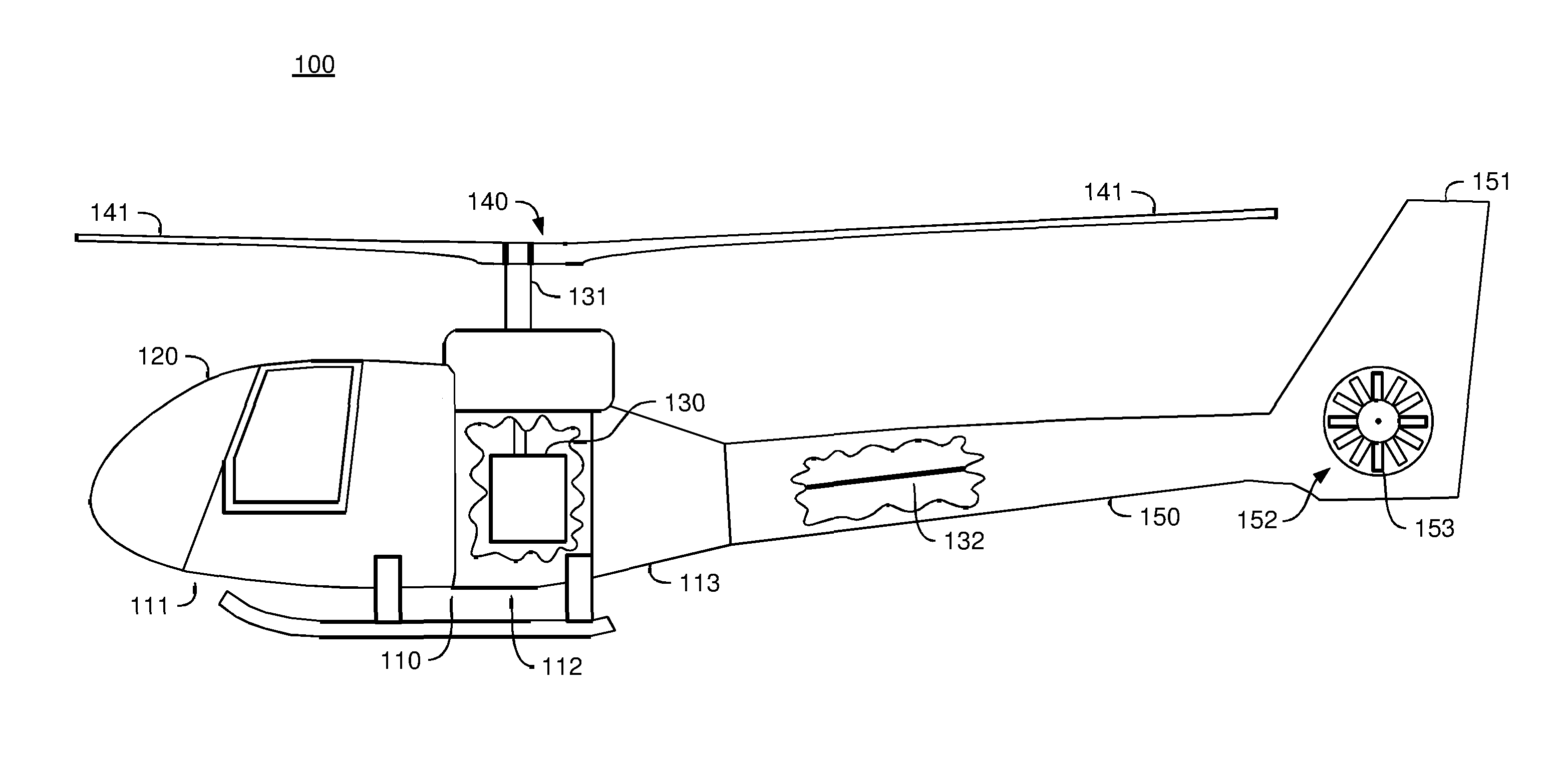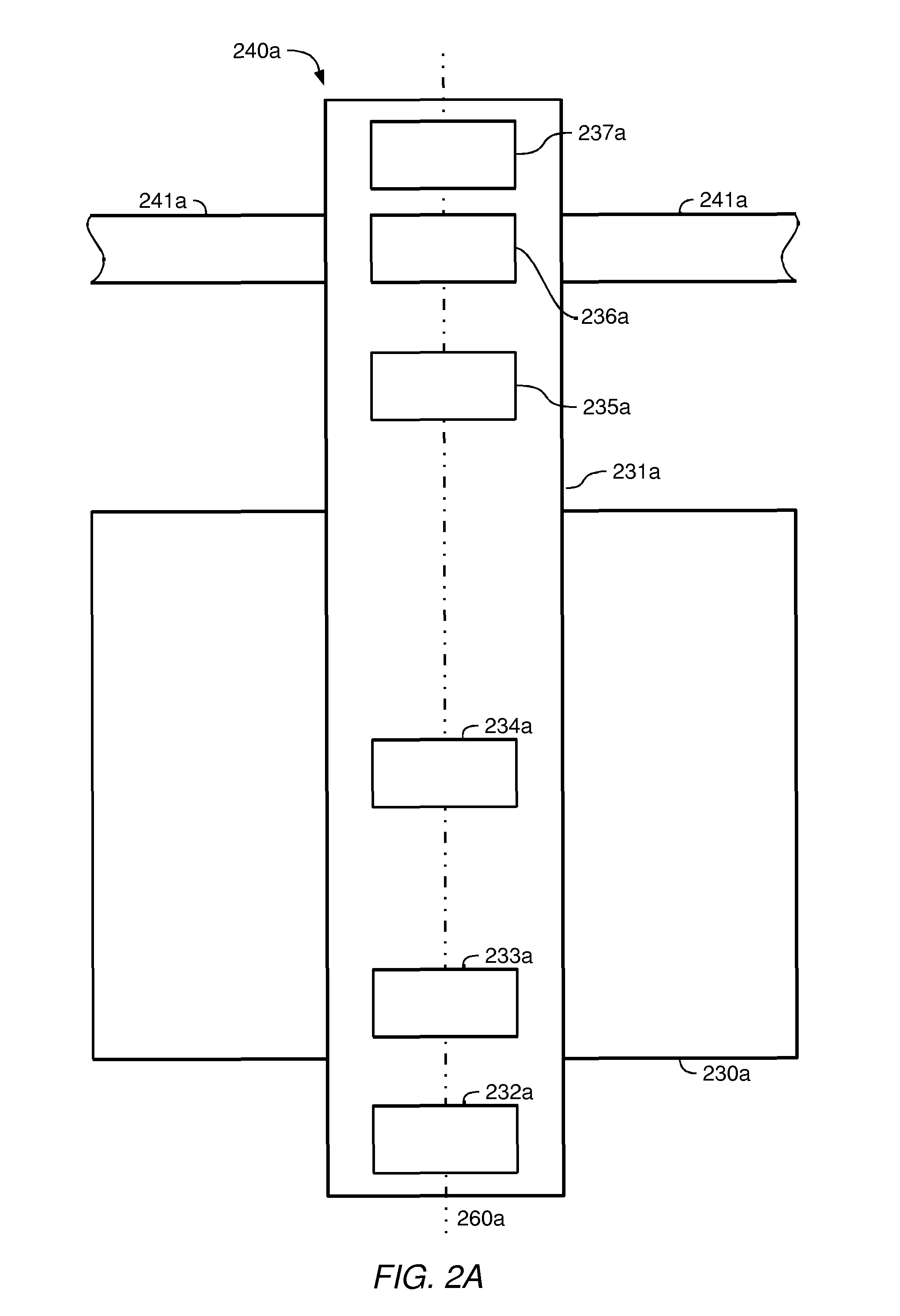Method, apparatus and system for reducing vibration in a rotary system of an aircraft, such as a rotor of a helicopter
a rotary system and aircraft technology, applied in the direction of propellers, propulsive elements, water-acting propulsive elements, etc., can solve the problems of material fatigue, material fatigue, and affecting safety and comfort, so as to improve the effect of balancing
- Summary
- Abstract
- Description
- Claims
- Application Information
AI Technical Summary
Benefits of technology
Problems solved by technology
Method used
Image
Examples
Embodiment Construction
[0062]In the following detailed description of the embodiments, reference is made to the accompanying drawings which form a part hereof and show, by way of illustration, specific embodiments in which the invention may be practiced. In the drawings, like numerals describe substantially similar components throughout the several views. The embodiments are intended to describe aspects of the invention in sufficient detail to enable those of skill in the art to practice the invention. Other embodiments may be utilized and structural, logical or electrical changes or combinations thereof may be made without departing from the scope of the invention. Moreover, it is to be understood, that the various embodiments of the invention, although different, are not necessarily mutually exclusive. For example, a particular feature, structure or characteristic described in one embodiment may be included within other embodiments. Furthermore, it is to be understood, that embodiments of the invention ...
PUM
 Login to View More
Login to View More Abstract
Description
Claims
Application Information
 Login to View More
Login to View More - R&D
- Intellectual Property
- Life Sciences
- Materials
- Tech Scout
- Unparalleled Data Quality
- Higher Quality Content
- 60% Fewer Hallucinations
Browse by: Latest US Patents, China's latest patents, Technical Efficacy Thesaurus, Application Domain, Technology Topic, Popular Technical Reports.
© 2025 PatSnap. All rights reserved.Legal|Privacy policy|Modern Slavery Act Transparency Statement|Sitemap|About US| Contact US: help@patsnap.com



